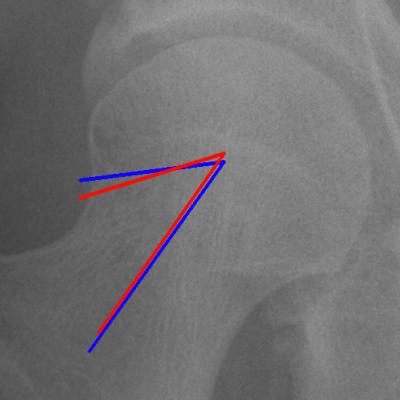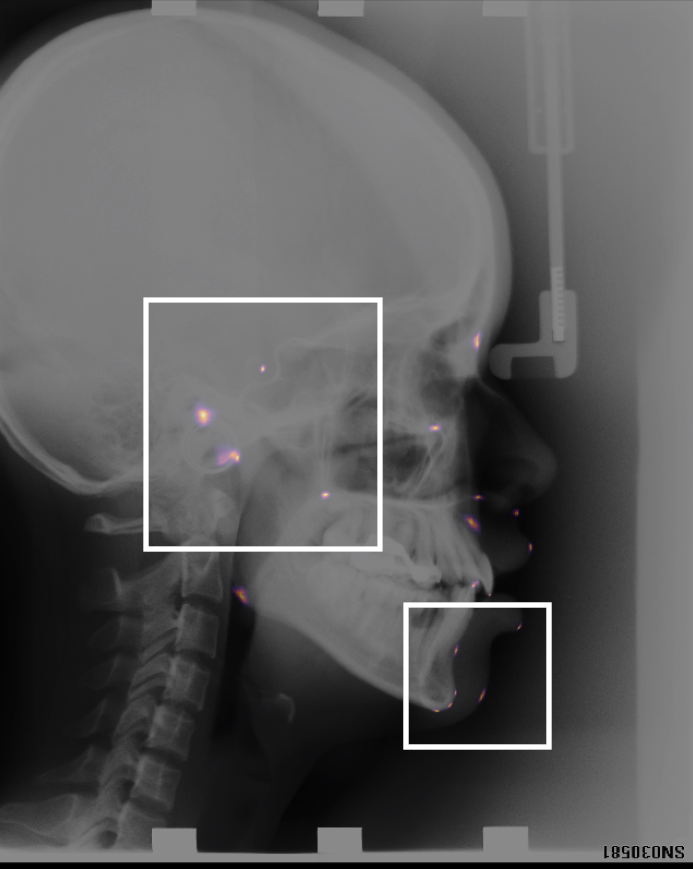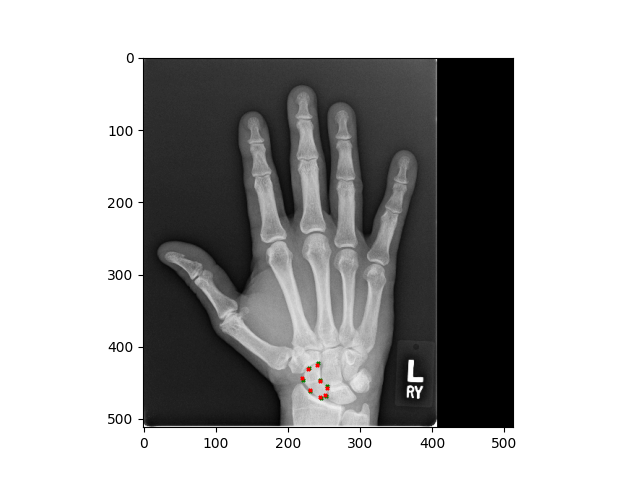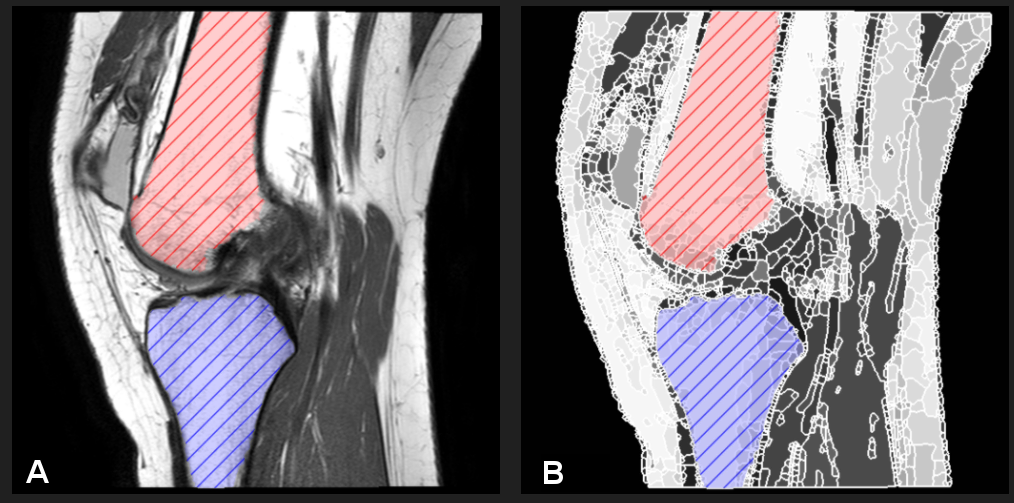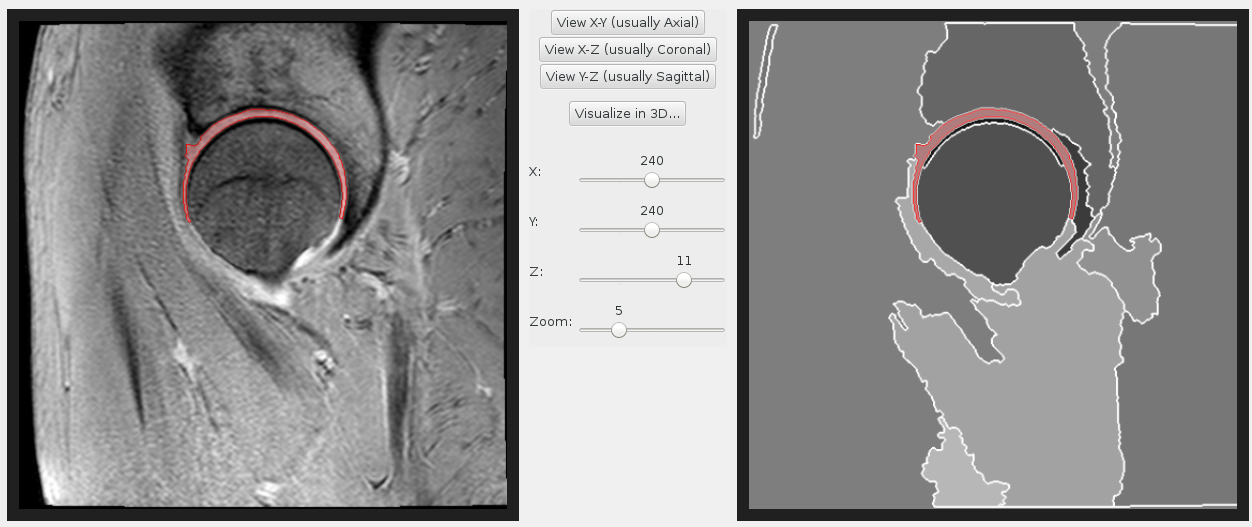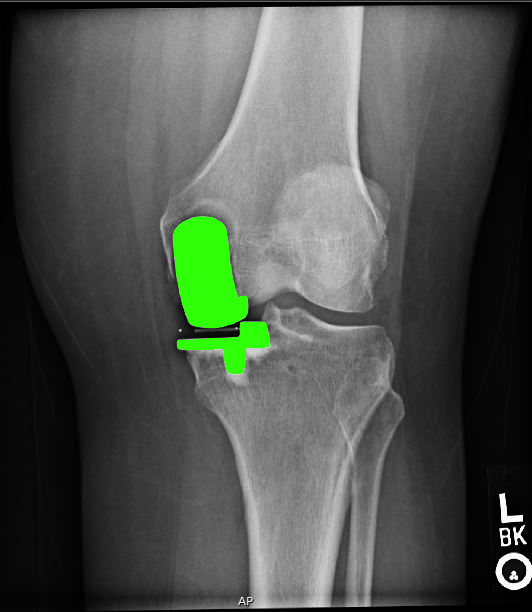Irina Voiculescu

Dr Irina Voiculescu
Themes:
Completed Projects:
Interests
I work in the general area of 3D geometric modelling, with a particular focus on the analysis of images sourced from various types of medical scanners.
Research
I lead a Medical Imaging research group, where we work with scans across different modalities. My group's OxMedIS software for Medical Image Segmentation is capable of processing MRI, CT, microCT, ultrasound and other medical and biological data. We have developed algorithms to partition each 3D image into regions with similar properties. These images are then analysed further so that particular features (such as bones, organs or blood vessels) can be identified within them and segmented out. Once labelled, the features can be reconstructed as 3D shapes and displayed or 3D printed on our Makerbot 2X. We specialise in automating some of the steps of the segmentation, whilst providing the clinicians with a manual override on the final results. Some of our algorithms work inparallel and have been implemented on a GPU.
The segmentation methods have been validated against hand-drawn ground truth contours, using a suite of conventional evaluation metrics. In addition we have also designed our own evaluation metrics which we have proved to rank segmentation results effectively.
Our most recent experiments have successfully used machine learning tehniques (specifically reinforcement learning) in order to segment features out of a pre-partitioned image. We thus reduce the need for vast amounts oftime consuming hand-drawn training contours.
Vacancies
Prospective DPhil/PhD candidates who meet the admissions eligibility criteria are most welcome to apply to join my group. Students taking the MSc, MCompSci and related courses can work with us by choosing or proposing a project in the topics below. Regrettably we cannot accommodate internships. Our main clinical collaborators specialize in orthopaedics, which constitutes our primary data source. Proposals for research projects for a different clinical field are gladly received, but please state your expected data provenance, or how we can work together to secure an appropriate dataset.
Prior to applying you may get in touch informally describing your interest in
- AI for image analysis
- Segmentation
- Registration
- 3D reconstruction
- Finding key points in images
- Validation and evaluation measures
- GPU programming
- Machine learning in general
Clinical applications
Hip X-ray measurements
We study hip xrays to take angle measurements (such as the alpha angle) which are clinically relevant. Our results have been validated extensively on research datasets.
Cephalometric X-ray landmarks
The key technology behind taking measurements relies on being able to identify anatomical landmarks. In our groups we have designed bespoke landmark identification methods, as well as a novel way of displaying them. This work has been validated on a publicly available cephalometric dataset.
Hand X-ray scaphoid bone
We have recently embarked on a study related to the scaphoid bone in hand xrays. We are currently looking at identifying its boundaries.
Hip and knee MRI
Semantic segmentation work has been both semi- and fully automated. Our methods have been used to label hip and knee joint bones, and also hip cartilage. We have extensive experience with a variety of MRI protocols.
Unicompartmental knee replacement
We detect features related to unicompartmental knee replacement and investigate clinical issues around fitting this kind of knee prosthesis.
Infant DDH ultrasound
Recent work has involved the study of ultrasound scans of infant hips, with a view to screening for developmental dysplasia of the hip (DDH). This work is on-going.
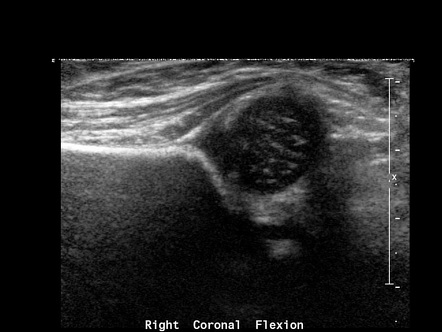
Abdominal CT
Here is a 3D reconstruction of an abdominal CT scan. It features the rib cage, liver, kidneys, spleen, blood vessels and a renal tumour. Some of our techniques are capable of identifying kidneys automatically, as well as other organs in tCT scans of he abdomen.

Other interests
Over the years, my other interests have also included
- 3D printing
- Mathematics of curves and surfaces
- Finding roots of polynomials
- Constructive Solid Geometry (CSG)
- Molecular modelling
Teaching
In the Geometric Modelling course we build interesting 3D models and design spline curves
Biography
I have been at the Department of Computer Science at Oxford since 1999. I obtained my PhD at the University of Bath, for research in Constructive Solid Geometry (CSG). I contributed to the development of the geometric modelling software svLis through the application of polynomial root finding methods.
As part of the Spatial Reasoning research group at Oxford I have been conducting research in the areas of molecular modelling (protein docking), medical imaging (CT and MRI scan analysis) and polynomial root finding (interval arithmetic). I am interested in other aspects of geometric modelling such as as applications of multivariate polynomial forms in geometry, Bernstein-form polynomials and generalized Newton-like methods.
I am actively involved in public engagement activities, such as the Oxford RobotGames, a programme where children of high school age design and build their own robot in half a day. Another on-going project of the Spatial Reasoning group has been to build a robot sheepdog which automatically herds either live or robotic animals. The Oxford robotic flock was shown in 2001 at the Royal Society Summer Science Exhibition.
I am Fellow of the UK Geometric Modelling Society and Associate Editor of the SPIE Journal of Medical Imaging.
Selected Publications
-
Dynamic CT Kinematic Analysis in Femoroacetabular Impingement: A Proof−of−Concept
Luca Buzzatti‚ Benyameen Keelson‚ Sion Glyn−Jones and Irina Voiculescu
World Conference of Orthopaedic Research (WCOR). September, 2025.
Details about Dynamic CT Kinematic Analysis in Femoroacetabular Impingement: A Proof−of−Concept | BibTeX data for Dynamic CT Kinematic Analysis in Femoroacetabular Impingement: A Proof−of−Concept | Link to Dynamic CT Kinematic Analysis in Femoroacetabular Impingement: A Proof−of−Concept
-
Confidence in Angle Predictions for Clinical Decision Support
Allison Clement‚ James Willoughby and Irina Voiculescu
In Medical Image Computing and Computer−Assisted Intervention (MICCAI). September, 2025.
Details about Confidence in Angle Predictions for Clinical Decision Support | BibTeX data for Confidence in Angle Predictions for Clinical Decision Support | Link to Confidence in Angle Predictions for Clinical Decision Support
-
Proof−of−concept of kinematic analysis in FAI patients: a dinamic CT study
Luca Buzzatti‚ Benyameen Keelson‚ Sion Glyn−Jones and Irina Voiculescu
The XXX Congress of the International Society of Biomechanics (ISB). July, 2025.
Details about Proof−of−concept of kinematic analysis in FAI patients: a dinamic CT study | BibTeX data for Proof−of−concept of kinematic analysis in FAI patients: a dinamic CT study | Link to Proof−of−concept of kinematic analysis in FAI patients: a dinamic CT study

